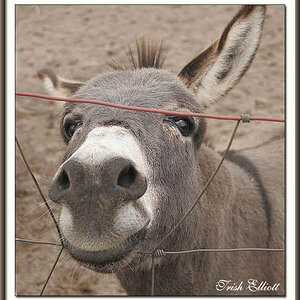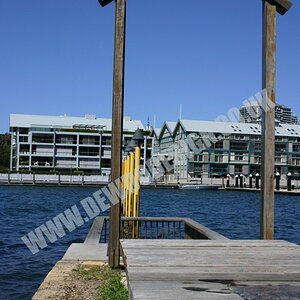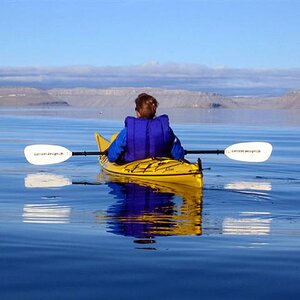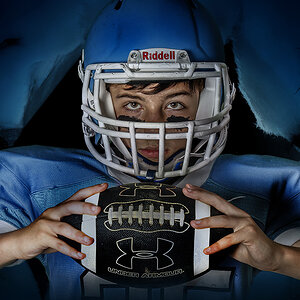JohnnyWrench
No longer a newbie, moving up!
- Joined
- Aug 20, 2013
- Messages
- 315
- Reaction score
- 117
- Location
- Phoenix, AZ
- Can others edit my Photos
- Photos OK to edit
If you can afford the FX, then get the FX. I would rather have less really good gear, than more mediocre gear. And you can always chisel away at getting the other stuff you need after you get the body/lens sorted out. You'll appreciate the quality of the FX and not be wondering "what if" long after you've forgotten how much it cost.




![[No title]](/data/xfmg/thumbnail/39/39443-45e1b162b6c7c1d8ebbc8faf5623b705.jpg?1619739034)
![[No title]](/data/xfmg/thumbnail/30/30994-49c5521f7b5b417f49dcd43891cbec27.jpg?1619734557)
![[No title]](/data/xfmg/thumbnail/32/32930-09414fc020c2a60a456ff59a05c5ef8f.jpg?1619735759)

![[No title]](/data/xfmg/thumbnail/36/36303-10b1a386a9a00cf90fb7605d2d2c48c1.jpg?1619737497)

![[No title]](/data/xfmg/thumbnail/39/39448-28e9a5e96080f7edcaf8e4226d8a0a6c.jpg?1619739036)
![[No title]](/data/xfmg/thumbnail/39/39444-02925f6d2859f4fda0e89f2001bfc9cd.jpg?1619739034)
![[No title]](/data/xfmg/thumbnail/37/37095-648a4e65f10e6fdeeb231be5ed8c3152.jpg?1619737881)
